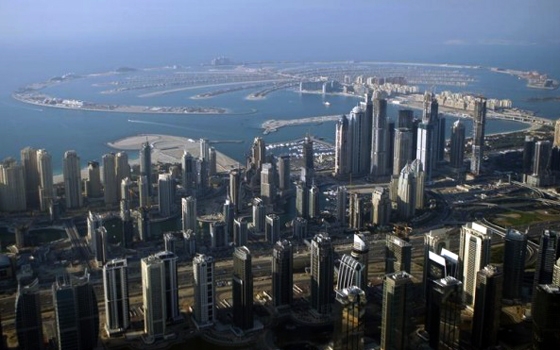The GCC can expect to see robust economic growth over the medium term and successful diversification of its local economies, the global professional services firm, EY, stated in its recent Rapid-Growth Markets (RGMs) forecast.
The UAE’s economy is expected to grow by 3.9 per cent, Saudi Arabia by 4.3 per cent and Qatar by 6.0 per cent in the medium-term, it said.
The economies in the GCC in particular are growing at a fast rate and over the medium-term, the further development of international trade flows and the expanding middle class are expected to fuel future growth.
Growth in the United Arab Emirates is predicted to reach 4.1 per cent in 2015, up from 3.3 per cent in 2012. This increase will be driven primarily by the recovery of key sectors, including financial services and construction. The UAE has focused on diversifying its economy and concentrating on the non-oil sectors, with significant infrastructure projects planned in both Dubai and Abu Dhabi. Moreover, fiscal policy will remain accommodative in both Dubai and Abu Dhabi, with several infrastructure projects in the pipeline.
GDP growth in Saudi Arabia is projected at 4.3 per cent in 2013 and 4.6 per cent in 2014. These figures represent a slowdown from 6.8 per cent in 2012, which can be attributed to reduced oil production, down by 3.5 per cent in 2013. In contrast to developments in the oil sector, non-oil growth will remain robust in the next few years. Consumer spending will grow strongly, buoyed by fast growth in retail lending and a falling unemployment rate, particularly for males. Meanwhile, fiscal policy will remain supportive, with government spending forecast to rise by an average of 7.4 per cent per annum across 2014–16. Qatar also continues to demonstrate robust growth. The economy’s focus has been on diversification in non-oil sectors such as manufacturing, construction, transport, communications, trade, hotels and government services, which are projected to increase by nearly 10 per cent annually.
The Qatari government has plans for massive infrastructural development, with 2013-2014 budgets showing an 18 per cent increase in spending. These include the construction of the Hamad International Airport and a $36 billion rail system in preparation of hosting the FIFA World Cup in 2020 and a rapidly expanding population.
ifpinfo
20 October
























































